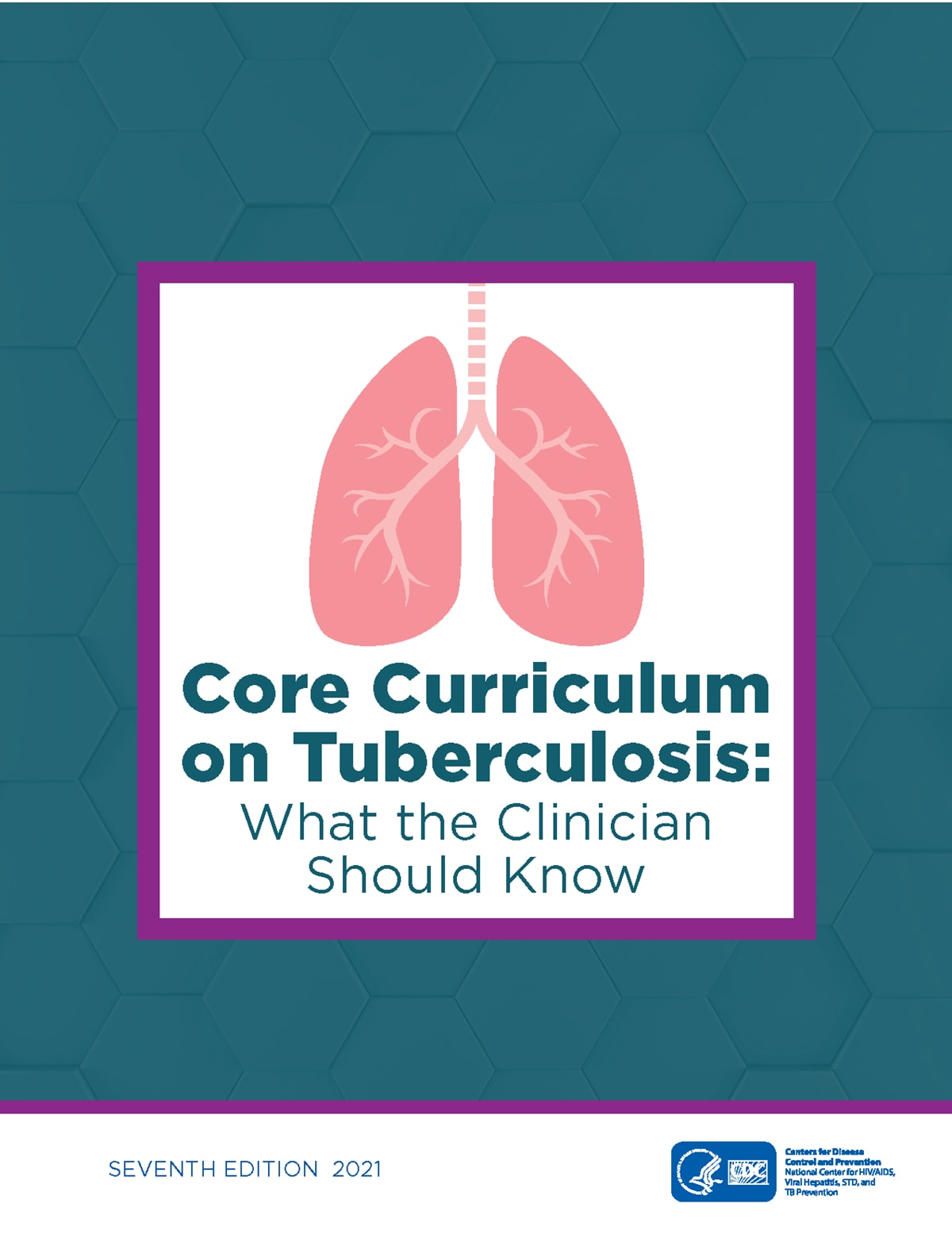Key points
- Most individuals with tuberculosis (TB) disease have one or more symptoms.
- Symptoms of TB disease may vary depending on the part of the body affected.

Why TB Patients Seek Medical Care
Usually, TB disease is diagnosed when someone with symptoms seeks medical care.
In a few instances, TB disease can be diagnosed when someone is receiving care for an unrelated problem, such as when trauma is evaluated with a chest radiograph that unexpectedly indicates TB in the lungs. In other instances, TB disease can be diagnosed after recent infection, as part of a TB contact investigation.
The onset of TB disease is usually gradual. A rapid onset is rare and may be related to an immune deficiency.
Usually, the symptoms are mild at first, developing slowly. A patient might blame the symptoms on something common, like allergies for cough or daily stresses for low energy. The symptoms might be present for weeks or months before reaching a tipping point that convinces the patient to seek medical care.
Think TB
TB disease is not as common in the United States as it was many years ago. Health care providers might not consider the possibility of TB disease when evaluating patients who have symptoms. As a result, the diagnosis of TB disease may be delayed or even overlooked, and the patient may remain ill and possibly infectious for a prolonged period.
Some symptoms of TB disease, like cough or weight loss, can be the same as the symptoms of other diseases. These symptoms should prompt heath care providers to consider TB disease, especially after more common problems are ruled out.
Common symptoms
Symptoms of TB disease may vary depending on the part of the body affected.
Symptoms of TB disease (in any part of the body)
Some general, systemic symptoms are common to TB in any part of the body:
- Fever
- Night sweats
- Weight loss
- Loss of appetite
- Sense of illness or loss of energy
Symptoms of pulmonary TB disease
TB disease most commonly affect the lungs (pulmonary TB disease). Most cases of TB disease are pulmonary.
Symptoms of pulmonary disease include:
- Cough (especially lasting for 3 weeks or longer)
- Coughing up sputum or blood (hemoptysis)
- Chest pain
- Shortness of breath
Symptoms of extrapulmonary TB disease
Extrapulmonary TB disease affects organs in addition to or instead of the lungs. It may cause symptoms related to the part of the body that is affected.
Symptoms of extrapulmonary TB disease include:
- Blood in the urine (may indicate TB disease of the kidney)
- Headache or confusion (may indicate TB meningitis)
- Back pain (may indicate TB disease of the spine)
- Hoarseness (may indicate TB disease of the larynx)
- Swollen glands (may indicate TB disease of the lymph nodes)
- Swollen, painful joint (may indicate TB disease of the bone or cartilage)
Extrapulmonary TB disease should be considered in the differential diagnosis of ill persons who have systemic symptoms and who are at high risk for TB disease.
Resources
Core Curriculum on Tuberculosis: What the Clinician Should Know
Self-Study Modules on Tuberculosis


